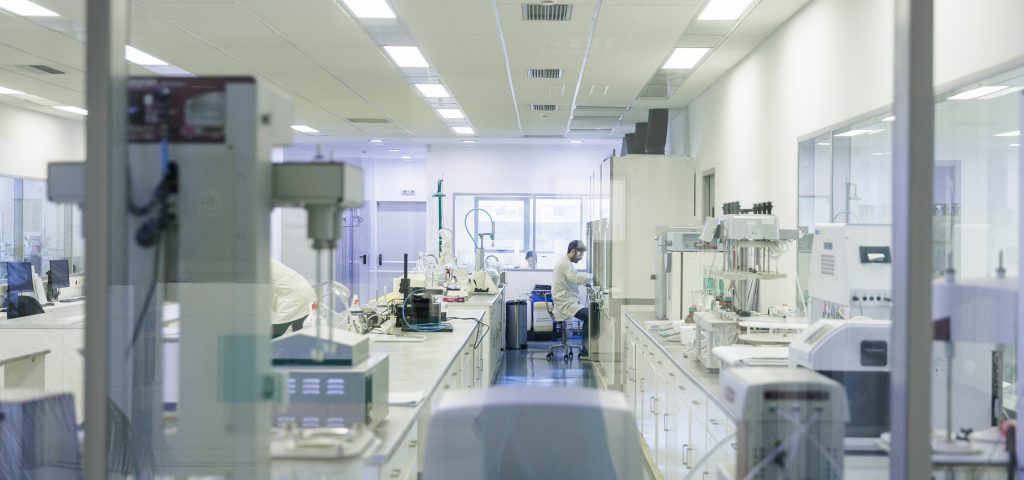Generic drugs are a mainstay of patient treatment, making up more than 90% of drugs taken by patients in the US, and about two-thirds of those in Europe. As generics are, essentially, copies of innovative drugs whose safety and efficacy is proven, the extensive clinical trials required for a brand new drug are not required. Regulators do, however, rightly demand that companies must prove a new generic medicine is just as safe and efficacious as the originator product.
Comparative bioavailability studies, also known as bioequivalence studies, are commonly carried out as a part of this process. These are designed to prove that the outcomes of treatment would be the same, regardless of which version a patient was given.
The trials compare the rate and extent of absorption of the two products. If the results are comparable, then the therapeutic outcome should also be equivalent, avoiding the need for a more extensive (and expensive) efficacy study. The assumption is that if its absorption is similar, its efficacy will be, too.
Not all products require equivalence studies; in some cases, scientific data from lab experiments will suffice. But in most cases they are required, and careful study design is essential. In some cases, such as in complex dosage forms or molecules with inherent variability, it is wise to run a pilot study first to reduce development risk by giving an indication that a larger study would be likely to succeed. While pilot studies offer these benefits, in some situations it may still be feasible to proceed directly to the pivotal study without significant risk.
At the heart of the design process is a close understanding of precisely what the regulators will be looking for. When we prepare a development proposal for a client, we need to design a pathway that should lead to approval, and identify any potential hitches along the way. Various choices need to be made regarding trial design. How many subjects are required? Will the products be administered under fasting or fed conditions? Will it be a simple crossover study, or will a replicate design be necessary?
There is no substitute for experience when deciding which studies are required. If the drug is sold at multiple strengths, for example, will a study using just the highest dose be enough, or will a range of doses need to be investigated? And will a single study in fasted patients suffice, or will studies under fed or steady‑state conditions also be required?
Typically, a pivotal study will include 24 to 32 subjects for a simple protocol, but in some cases 100 or 200 may be necessary to prove the bioavailability of the two products is comparable. Subjects will be given either the originator or the generic, often after an overnight fast, and blood samples will be taken at specified time intervals that are then analysed. Critical parameters include area under the curve (AUC), which indicates the extent of absorption of the drug, and Cmax, or maximum concentration, which shows the rate of absorption. If the figures are similar, then the products are deemed bioequivalent.
The process is similar for all small‑molecule drugs that are administered orally, regardless of the format – tablet, capsule or liquid. Even a topical product may follow a similar bioequivalence process, though in such cases, the focus shifts from systemic absorption to local absorption at the site of application. For topical drugs, parameters such as skin penetration or local drug concentration may be measured to determine equivalence. Most of the steps require outside providers, but at Adragos here in Athens we act as project managers and coordinate the whole process, from the lab studies to design of the clinical protocol through to the final report on the bioequivalence study.
The dosage forms for the studies are made under GMP conditions either at another Adragos site, or at an external contract manufacturer – we work with a couple of dozen different CMOs all around Europe. All the documentation for the regulatory application to run the trial must also be assembled, and after the study’s completion, paperwork for the marketing authorisation application.
Of course, the timescale for the development process depends on the complexity of the project. It typically takes six to nine months to design the dosage form, including evaluating its stability. Manufacture can then begin, with preparations having begun while the dosage form was being developed. Next comes the bioequivalence study, either with or without a pilot study. With careful design and preparation, this can often be completed within six months.
Overall, the product can move from idea to submission within about 18 months in the hands of an experienced team. The regulators typically take a further 12–18 months to decide whether to approve it or not, giving a three‑year overall timescale to the project. If the product is particularly complex, then it might take a little longer, but either way it is significantly shorter than for a new chemical entity (NCE), where idea‑to‑market takes a decade or more.
Ultimately, the generic cannot enter the market until the originator product’s IP has expired, but the development process can take place while its protection is still intact. In the US, the protection is largely driven by patent expiry as the data exclusivity period is shorter, while in Europe it relies more on data and market exclusivity, but patent laws must still be obeyed. Either way, once competition is permitted, generic launch will provide more affordable alternatives for patients and healthcare systems. Careful development and planning should mean the generic is ready to enter the market as soon as it is permitted. Here at Adragos, we are proud to be able to help our clients bring their generic products to patients quickly and effectively.

